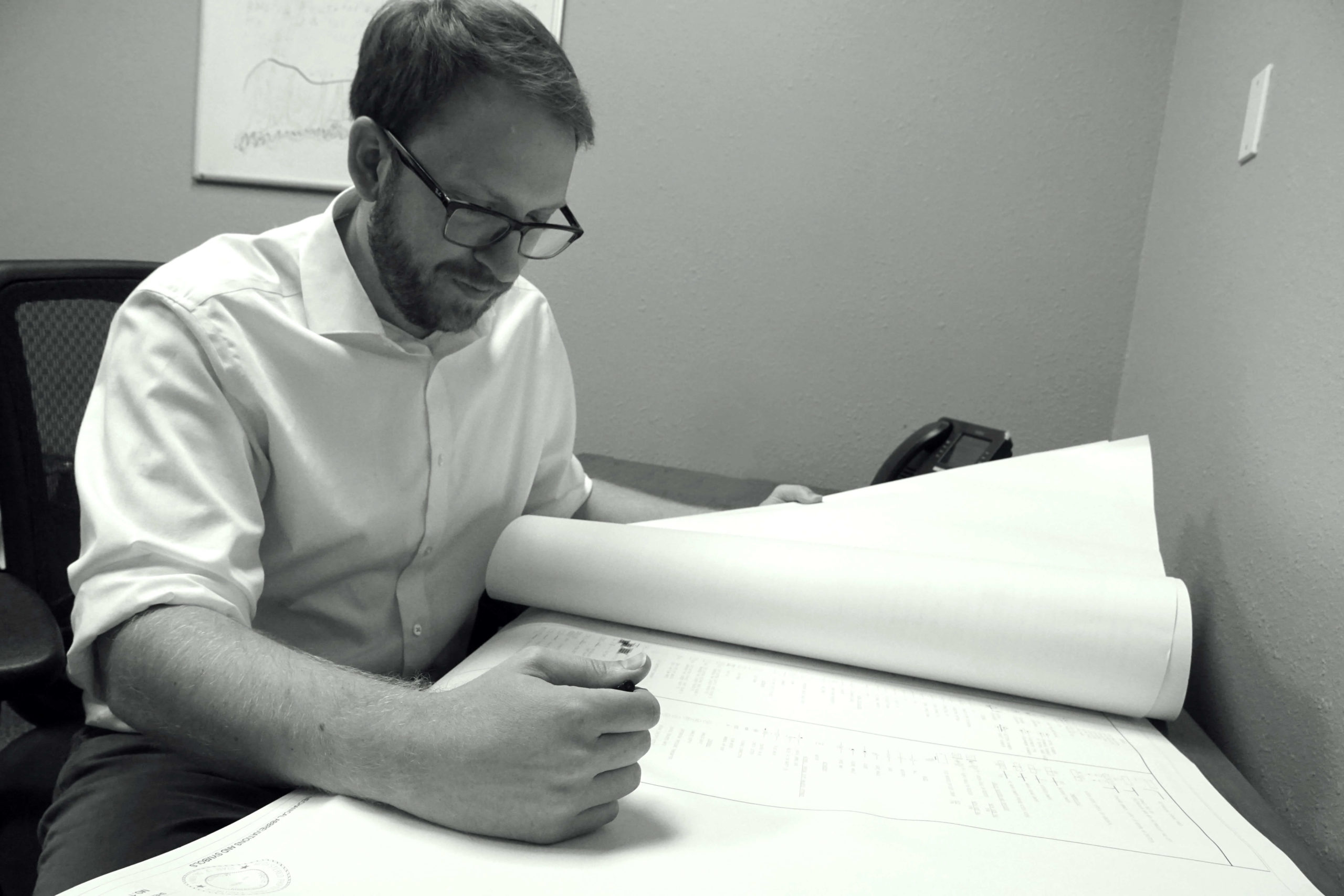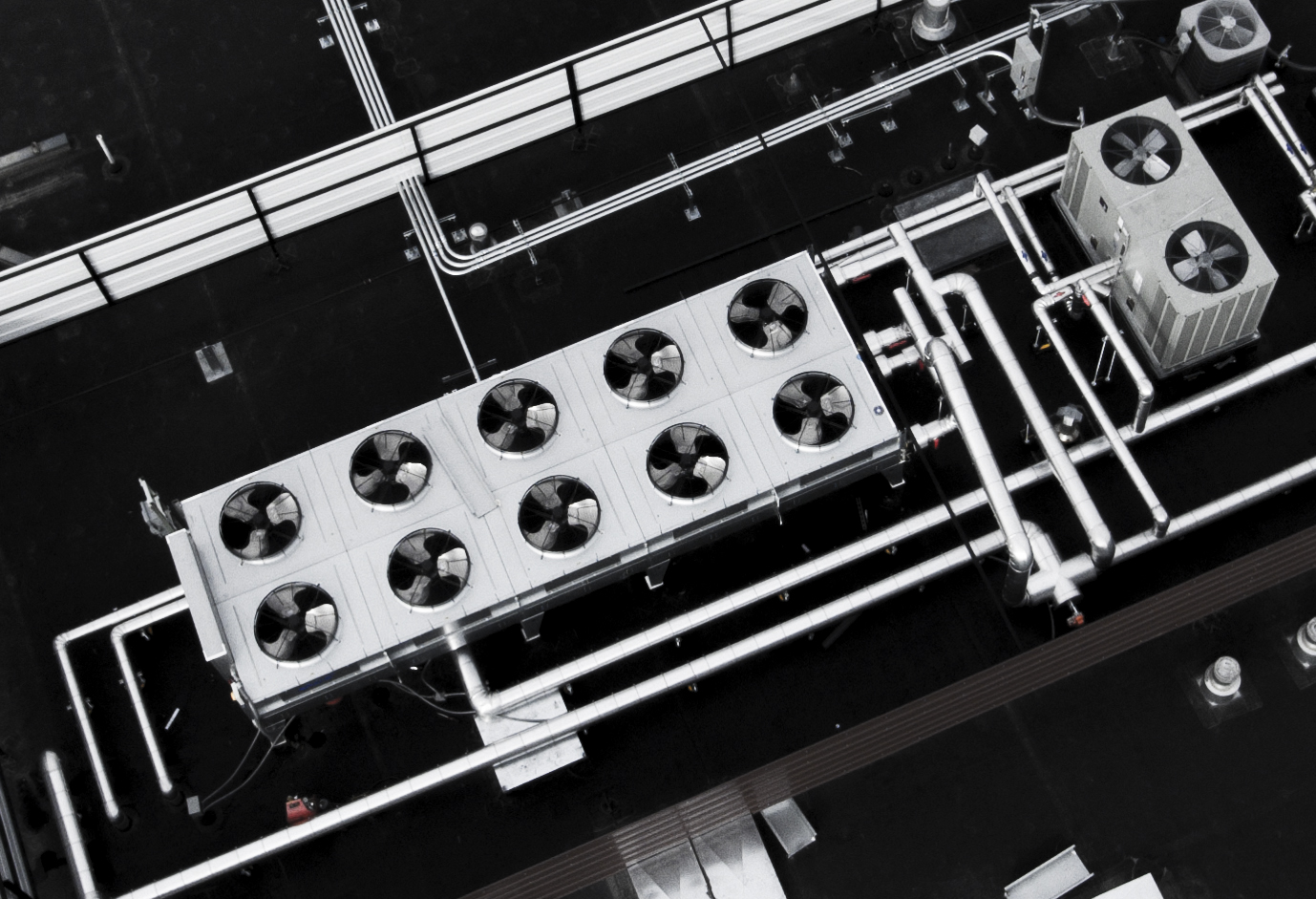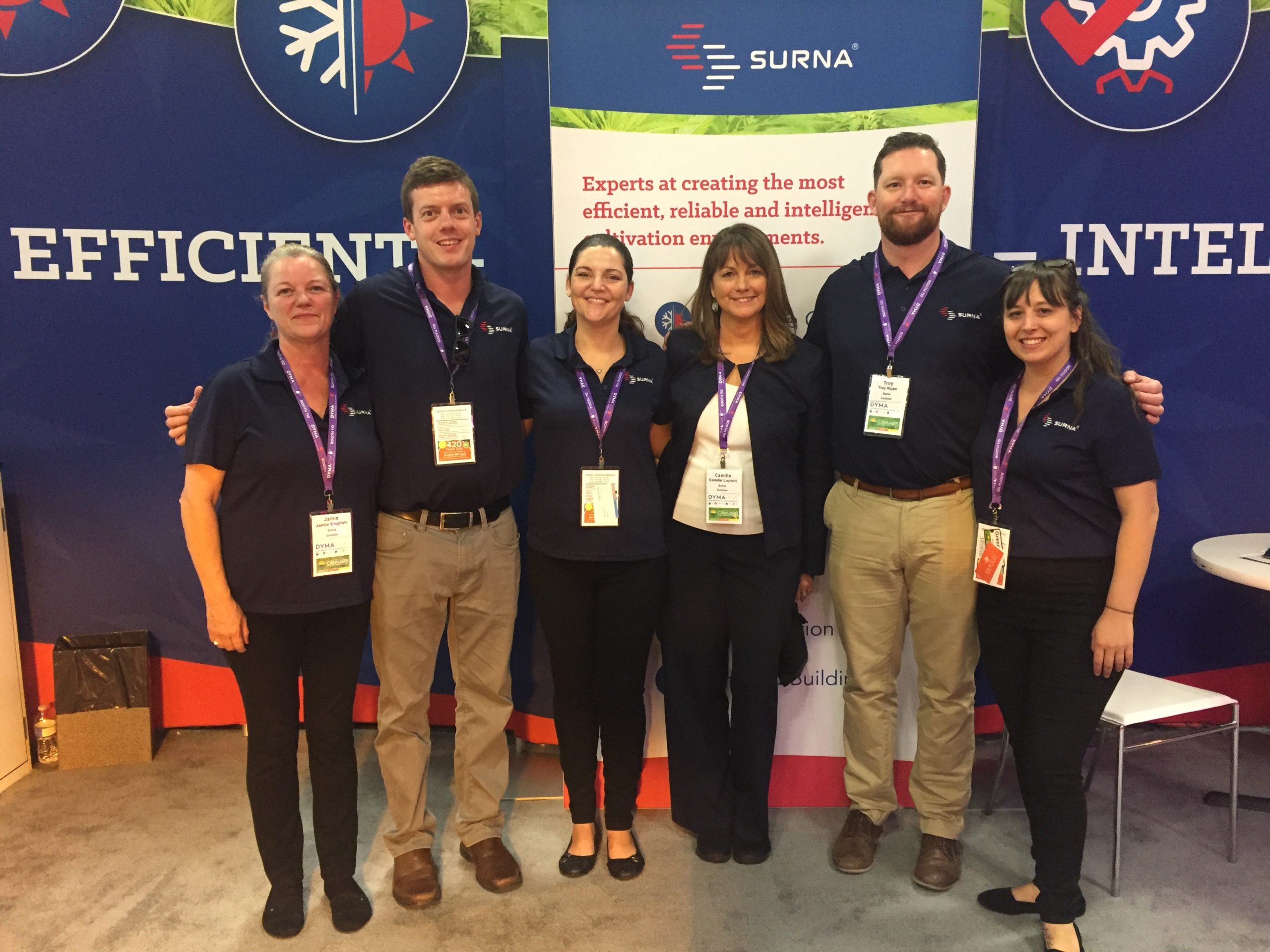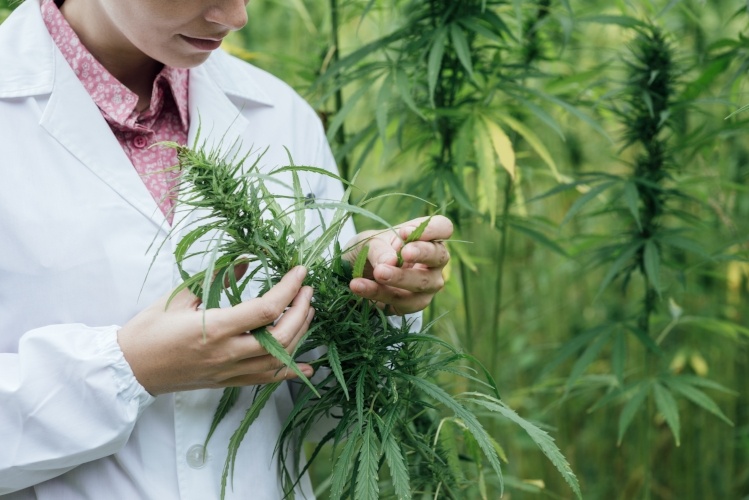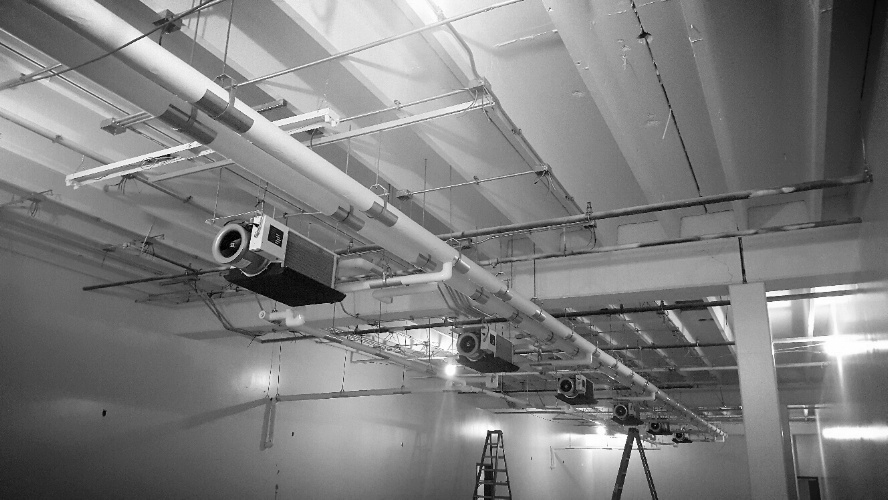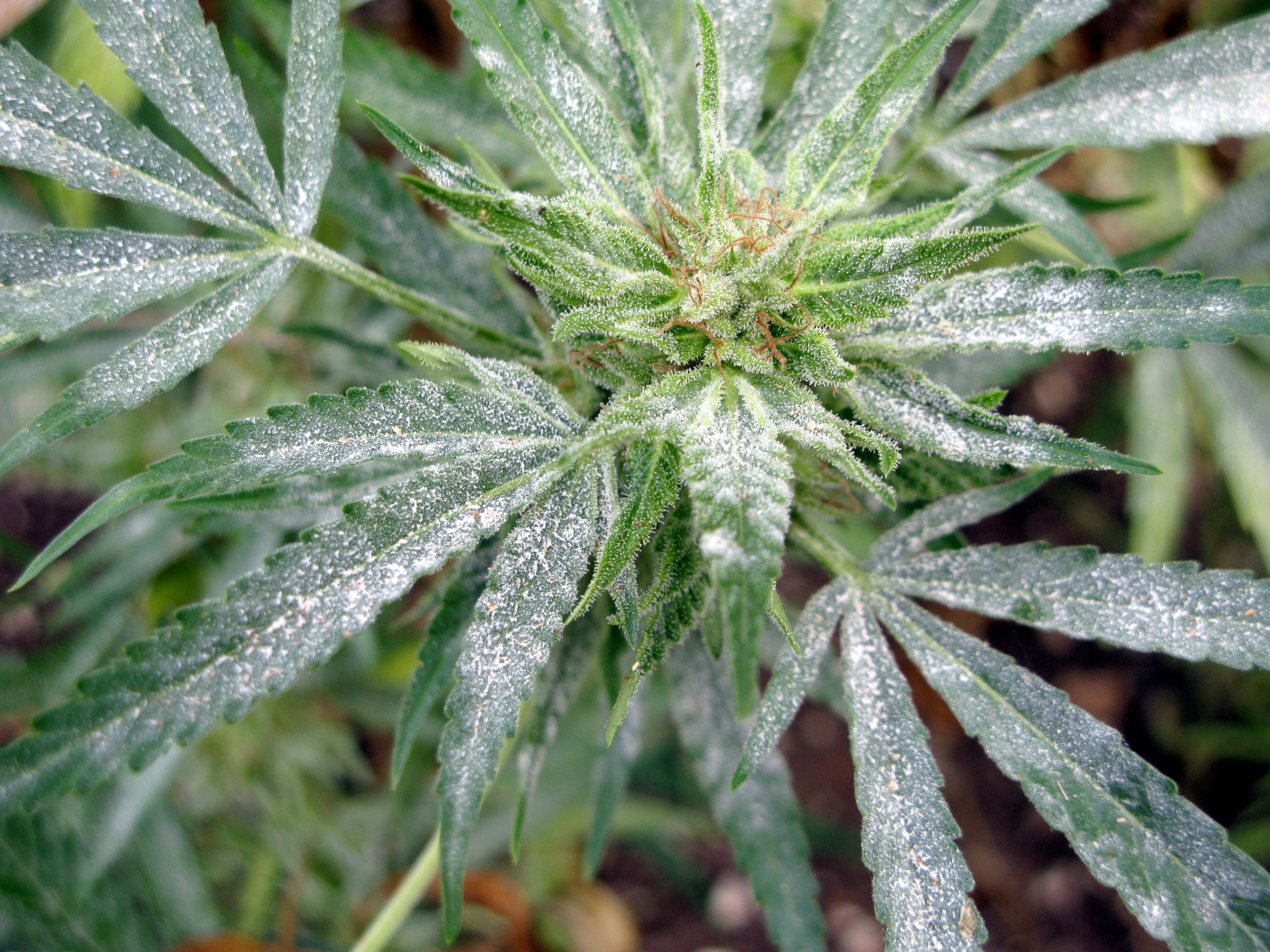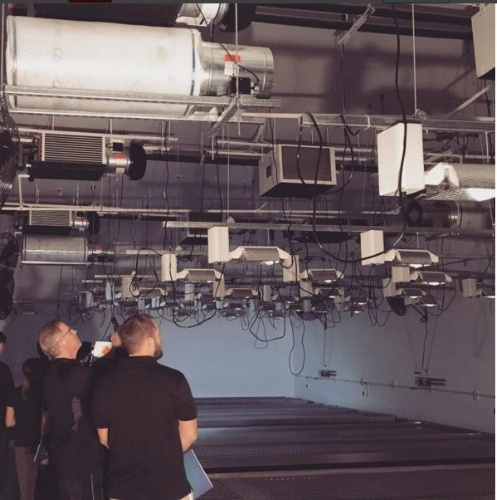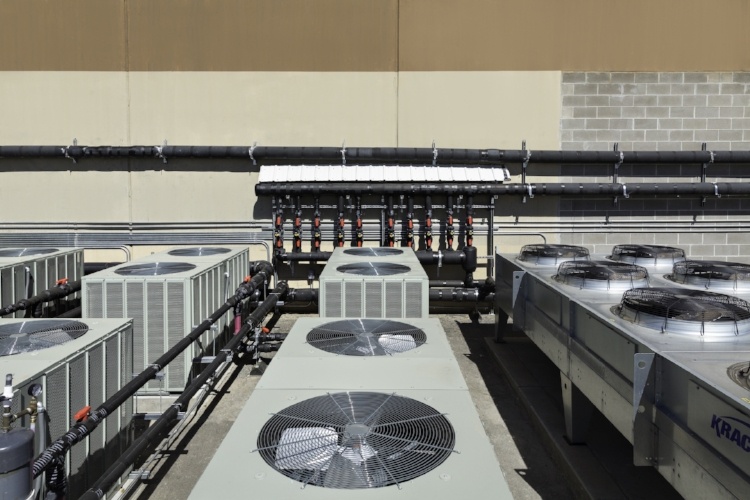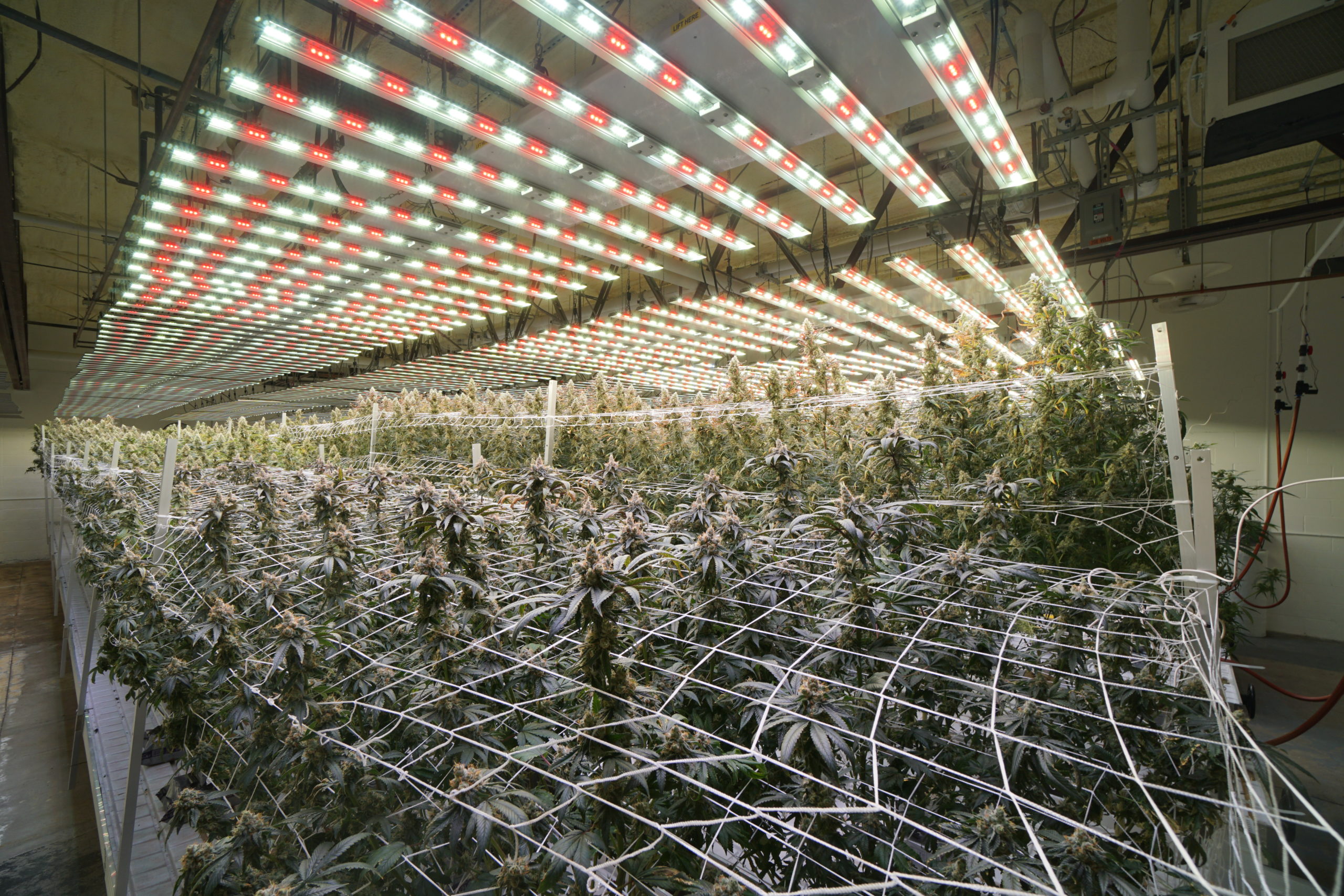
Lighting and HVAC – Are They Friend or Foe?
When it comes to managing the climate in a cultivation facility, energy use associated with cultivation lighting is typically considered the biggest challenge to overcome. Lights consume enormous amounts of energy on their own and require the use of even more energy to offset the heat they produce to manage temperatures in the grow room. While this is well understood in the industry, what’s not well understood by many cultivators is how your cultivation lighting also helps you to maintain your environmental parameters and can actually help you save money and energy in the form of assistance with maintaining humidity.
